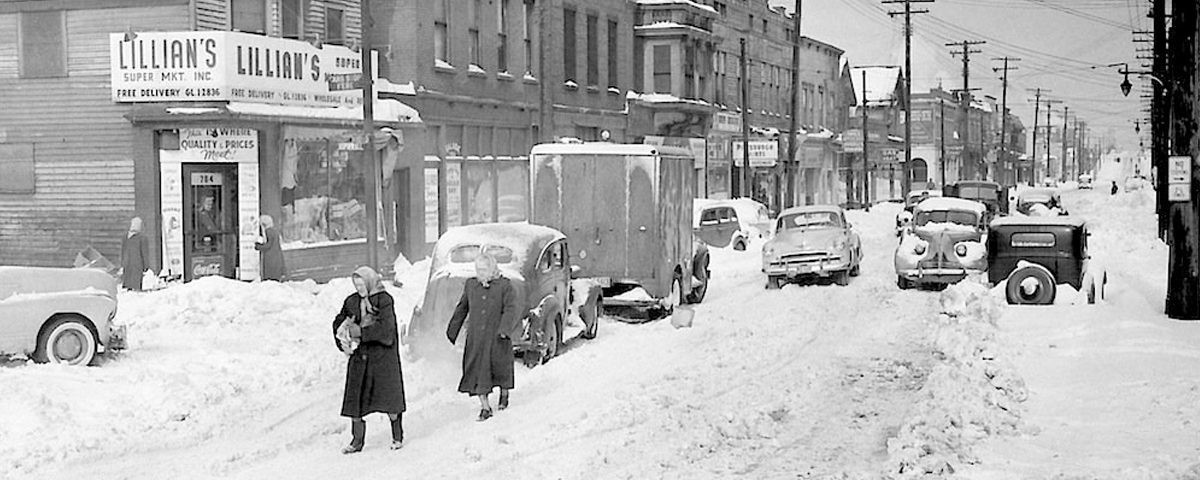Throughout American history, snowstorms have repeatedly demonstrated their ability to transform landscapes, disrupt daily life, and reshape communities. These powerful weather events have left lasting marks on our collective memory, with each generation facing their own significant storm. From the streets of 19th-century Boston to modern-day Buffalo, these natural disasters have tested American resilience while revealing vulnerabilities in our infrastructure and emergency response systems.
The chronicle of America’s most devastating snowstorms provides more than just meteorological statistics—it offers insight into how our society responds to crisis, adapts to threats, and evolves its approach to public safety. As climate patterns shift and urban populations grow, understanding these historic weather events becomes increasingly relevant for policymakers, city planners, and ordinary citizens alike. This examination traces the evolution of America’s relationship with extreme winter weather, highlighting how communities have faced—literally and figuratively—some of nature’s most formidable challenges.

- A chilling reminder of the ferocity of Mother Nature: historic U.S. snowstorms. Source: @AAAnews – magazine.northeast.aaa.com
The Great Blizzard of 1888, aptly nicknamed the “Great White Hurricane,” stands as a pivotal moment in American weather history. This devastating March storm paralyzed the Northeast from Washington, D.C. to Maine, burying cities under snowdrifts that reached second-story windows in some locations. With snowfall measurements reaching an astounding 55 inches in some areas, the blizzard’s intensity was matched only by its deadly impact, claiming over 400 lives across the region as hurricane-force winds created white-out conditions that trapped thousands.
This catastrophic event crippled vital infrastructure, destroying telegraph lines and shutting down railway systems that 19th-century urban centers depended on. The resulting isolation and hardship prompted significant changes in how cities developed, notably inspiring Boston to create America’s first underground subway system. The 1922 Knickerbocker Storm continued this pattern of disaster-driven innovation, when over two feet of snow in Washington, D.C. led to the collapse of the Knickerbocker Theatre’s roof, killing 98 people and prompting stricter building codes nationwide.

- The stark aftermath of historic blizzards: a reminder of their deadly toll. Source: @AAAnews – magazine.northeast.aaa.com
As the 20th century progressed, America experienced a series of record-breaking winter events that continued to challenge communities and response systems. The Great Appalachian Storm of 1950 brought not just 62 inches of snow to the central Appalachians during Thanksgiving weekend, but also created a deadly combination of frigid temperatures and intense winds. When temperatures unexpectedly warmed following the storm, widespread flooding from snowmelt exacerbated the devastation, contributing to at least 160 deaths.
The infamous Blizzard of 1978 broke snowfall records across multiple Northeastern cities, with Providence recording 27.6 inches and Boston seeing 27.1 inches. This February nor’easter combined massive snow accumulation with hurricane-force winds and coastal flooding, creating conditions so severe that many people found themselves stranded—some sheltering in place for days while others became trapped in vehicles on snow-covered highways. The storm’s 100 estimated fatalities highlighted the critical importance of accurate forecasting and emergency preparedness, themes that would continue to evolve in subsequent decades.
- The battle against the cold: innovative ways communities stay warm during massive snowstorms. Source: @AAAnews – magazine.northeast.aaa.com
The 1993 “Storm of the Century” marked a significant turning point in American weather forecasting capabilities. This March cyclonic storm, which formed in the Gulf of Mexico before traveling up the East Coast, affected regions from Alabama to Maine with unprecedented reach. Bringing frigid temperatures, powerful winds, and up to 60 inches of snow, this system shut down every major airport along the Eastern Seaboard at the height of its fury. What made this storm historically significant beyond its 318 fatalities was that it represented one of the first major weather events accurately predicted several days in advance using computer forecast models.
This advancement in predictive technology saved many lives despite the storm’s intensity, demonstrating how technological progress was beginning to mitigate weather-related disasters. Later events like the Great Blizzard of 2003, which blanketed major cities from Washington to Boston under two feet of snow, and the 2010 “Snowmageddon,” which shut down the federal government, continued to test and refine America’s emergency response systems while spurring innovations in weather monitoring and public communication strategies.
The evolution of infrastructure resilience represents one of the most significant long-term impacts of America’s historic snowstorms. After each major disaster, affected communities have implemented changes designed to prevent similar catastrophes. The Great Blizzard of 1888’s devastation of above-ground transportation and communication systems prompted not only Boston’s pioneering subway but also spurred New York City to move its vital utility lines underground, protecting them from future storms.
Similarly, policy changes have consistently followed in the wake of these weather events. The Knickerbocker Theatre collapse led to nationwide improvements in building standards for snow loads, while more recent storms like 2016’s “Snowzilla” and the December 2022 North American Winter Storm—which affected approximately 60% of Americans—have accelerated investments in grid resilience and emergency response coordination. Weather forecasting technology has perhaps shown the most dramatic improvement, evolving from the rudimentary systems of the 19th century to today’s sophisticated computer models capable of providing days of advance warning, transforming how communities prepare for and respond to extreme weather events.
